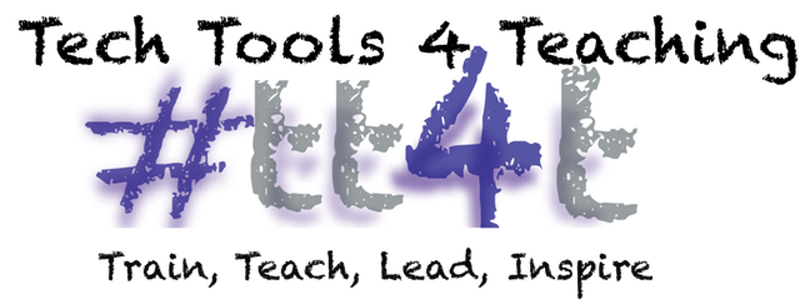This year The Hour of Code had the goal of reaching 100 million participants. The Hour of Code took place from December 8-14 during Computer Science Week. It was sponsored by people such as Bill Gates and Mark Zuckerberg. People across the world were encouraged to complete one hour of code. While the goal wasn’t quite met, they did reach approximately 80,000,000 people, and 4,300,000,000 lines of code were written by students. That is an amazing accomplishment for something that sounds very difficult. Here in Bellevue we had students six to 18 participating in the Hour of Code.
The truth is coding isn’t all that hard. With websites like www.code.org http://scratch.mit.edu/ and apps like Tynker, Kodable, Lightbot, and Cargo-bot anyone can do it. All our students had to do was give coding a try for one hour. Skills like critical problem solving and patterning are taught through coding and all of the activities are individualized through the sites and apps. Kids were challenged and successful in creating programs and video games through coding!
Here are some of the amazing quotes overheard during coding:
- “There are jobs where you do this?” -Lauren, high school student
- “This is hard, but I really like it!” -Madison, third grade student
- “This is fun and it makes my brain really move!” - Brady, third grade student
- “Look at this, look what I did! I unlocked the rainbow! - Preston, first grade student
- "I could feel the power of thinking in my classroom during Hour of Code! The kiddos lit up the classroom with their excitement in every line they created!" - Megan Cinfel, 1st grade teacher
- “This is the greatest thing I’ve ever done.” - Darin, 2nd grade student
- "Our students live in a technology driven world. When my students participated in the hour of code not only were they 100% engaged and excited, they were creating and problem solving. Every student felt empowered with each success along the way." - Monica Evon, 4th Grade Teacher
- “ I started to learn how to code on a Commodore 64 that plugged into a tiny 10" TV when I was in 4th grade. It was awesome to watch my own 4th graders begin their Introduction to Coding during the Hour of Code. It brought back a lot of memories for me. I also told the class about a 15 year old kid named Michael who learned about coding when he was their age. Michael is just starting high school but already has 5 Apps available in the App Store. So we downloaded one called "Color Deception". The students had a blast with the App and I think some of them started to realize that you don't have to be an adult to code.” - Garrett Sims, 4th grade teacher
- "Coding = Problem Solving I like how students work together or alone to solve a problem. They think its fun and a challenge. I also like how they experienced success very quickly and how determined they were to solve the puzzle and get it right. No one gave up!" - Terrie Brown, 2nd grade teacher.
There are not enough Americans to fill all the coding jobs out there. According to Forbes, The Bureau of Labor Statistics is predicting that jobs for what it calls “computer and information research scientists” will increase by 19% between 2010 and 2020, a healthy rate. For software developers, the forecast is even better, with a projected growth rate of 30%. Coding is a necessary skill for careers of the future. The Hour of Code and the abundant resources available makes it easy for every student in the United States to give coding a try. Becoming a computer scientist is one of the hot careers for the next 10 years. As President Obama said, “Don’t just consume things, create things.”
Want to know more or encourage your students to learn coding?
For students who wish to continue coding all year long, there are a lot of resources on code.org for beyond the hour of code. Both the high schools offer coding courses and students in elementary and middle school can participate in after school robotics clubs to continue to hone their skills.
Want to fuel the coding passion in teachers?
According to the code.org site, “Code.org has developed an elementary school curriculum that allows even the youngest students to explore the limitless world of computing- at no cost for schools. The courses blend online, self-guided and self-paced tutorials with “unplugged”activities that require no computer at all. Each course consists of about 20 lessons that may be implemented as one unit or over the course of a semester. Even kindergarten-aged pre-readers can participate. To find a workshop near you, click here.
We are thrilled that Ken Steen, a code.org trainer, will be offering the Coding for Teachers in-service mentioned above on January 10th from 10:00-4:00 at Lewis and Clark Middle School. This is a tremendous learning opportunity for our K-5 teachers and the workshop filled shortly after registration opened. Teachers will receive training and curriculum materials to use with their students so they can code all year long.
We were truly inspired by the determination and problem solving skills the students in Bellevue Public Schools displayed while participating in the hour of code. We hope you will follow in their footsteps and give and hour of code a try.
We were truly inspired by the determination and problem solving skills the students in Bellevue Public Schools displayed while participating in the hour of code. We hope you will follow in their footsteps and give and hour of code a try.
Written by:
Jenny Krzystowczyk @jennykbps
Ann Feldmann @annfeldmann1
Jeanette Carlson @mrsjcarlson
Works Cited
"The Cities With The Most Computer Science Jobs." Forbes. Forbes Magazine. Web. 11 Dec. 2014. <http://www.forbes.com/sites/susanadams/2013/09/24/the-cities-with-the-most-computer-science-jobs-2/>.
"President Obama Kicks off the Hour of Code 2014." YouTube. YouTube. Web. 11 Dec. 2014. <https://www.youtube.com/watch?v=JDw1ii7aKwg&feature=youtu.be>.




